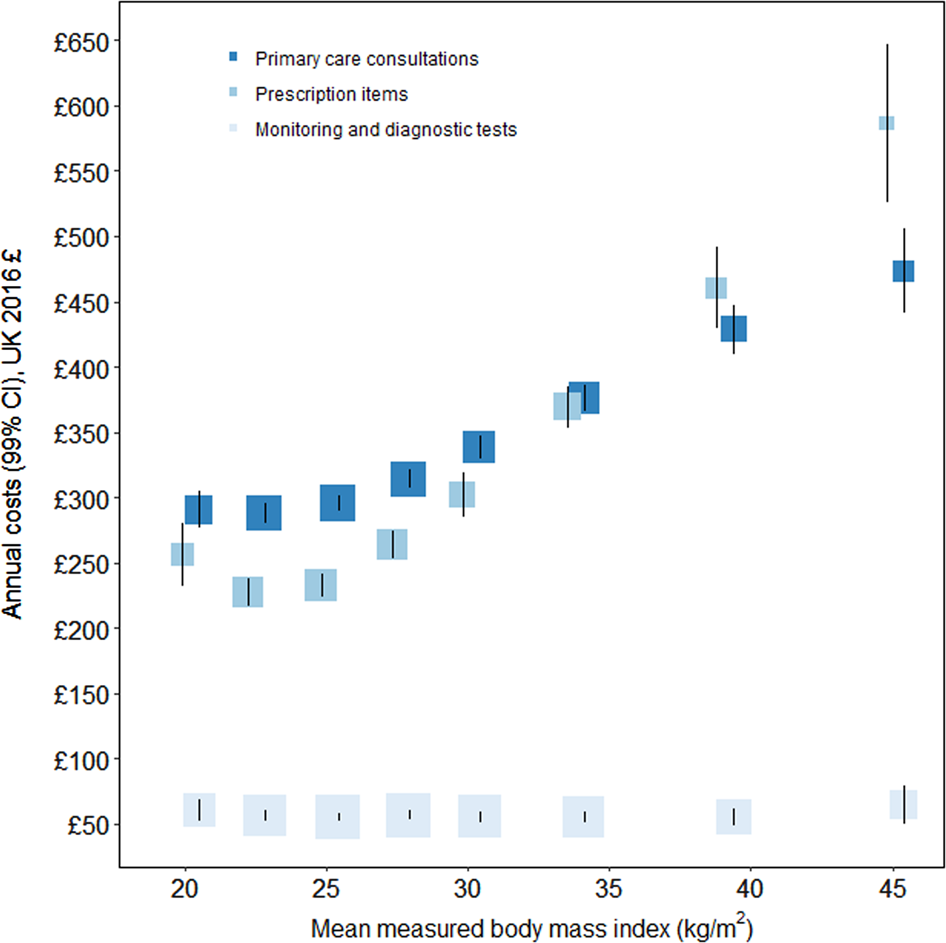

Three-dimensional photonic body surface scanners (3DPS) provide an opportunity for a standardized acquirement of data on total body volume (BV). Finally, dual energy X-ray absorptiometry computed tomography and magnetic resonance imaging are expensive and might constitute a risk for participants. When using a bioelectrical impedance analysis for assessing the body composition, similarly, participants should be fasting for at least two hours and not be physically active for 12 hours. Air- and water displacement techniques, which are most widely used, rely on rigid measurement conditions and even slight alterations in room temperature, humidity and pressure during the measurement can lead to invalid results further, participants should not have eaten or been physically active two hours prior to investigation. Yet, the assessment of body fat is challenging and most methods used today have potential drawbacks. Similarly, for the same BMI the percentage of body fat is usually higher among Asian people compared to Western populations. For example, for the same BMI older adults tend to have a higher body fat percentage, and therefore health risk assessment using BMI is less accurate in individuals >65 years of age. The definition of obesity is based on the body mass index (BMI) however, although BMI is, to some extent, correlated with the amount of fat, it is neither a specific marker of body fat nor a marker for abnormal fat accumulation. Obesity is a major risk factor for non-communicable diseases like type-2-diabetes mellitus and cardiovascular diseases, and accounts for a substantial proportion of disability-adjusted life years and mortality worldwide. The funders had no role in study design, data collection and analysis, decision to publish, or preparation of the manuscript.Ĭompeting interests: The authors have declared that no competing interests exist. Interested researchers (who meet criteria for access to confidential data) may contact the Molecular Epidemiology Research Group ( for access to the data.įunding: This work was supported by Federal Ministry for Economic Affairs and Energy on the basis of a decision by the German Bundestag (KF2135010BZ4). This is an open access article distributed under the terms of the Creative Commons Attribution License, which permits unrestricted use, distribution, and reproduction in any medium, provided the original author and source are credited.ĭata Availability: Due to ethical and legal restrictions our data cannot be made freely available in a public repository. Received: JanuAccepted: JPublished: July 3, 2017Ĭopyright: © 2017 Adler et al. Aguilera, Hospital Universitario de la Princesa, SPAIN (2017) Validity and reliability of total body volume and relative body fat mass from a 3-dimensional photonic body surface scanner. However, the ability to measure PA by self-report may vary by weight status.Citation: Adler C, Steinbrecher A, Jaeschke L, Mähler A, Boschmann M, Jeran S, et al. The recall instrument provides a consistent measure of physical activity and validation coefficients were similar to those obtained for other physical activity recall questionnaires. When lower MET thresholds were applied to the accelerometer data, women's reported duration of moderate-intensity PA was most strongly correlated with moderate PA (accelerometer) defined as 2.0–5.9 METS (rho=0.39, p<0.01). A significant correlation between self-reported duration of vigorous PA (6+ METS) and accelerometer data was only found for overweight men (rho=0.40, p<0.05). Among women, a significant relationship was found only for those who were not overweight (rho-0.52, p<0.001). Among men, self-reported duration of moderate PA (3–5.9 METS) and accelerometer data were significantly correlated (rho=0.40, p<0.01), with no differences by weight status. Correlations (rho) between total reported PA (mins/day) and accelerometer data were 0.29 (p<0.05) among men and 0.25 (p<0.05) among women. Agreement between test and re-test estimates of sufficient physical activity for health benefits (150 min/week) was high (% agreement >90%). Several metabolic equivalent (MET) thresholds were applied to the accelerometer data.

It was again administered after subjects wore a MTI/CSA accelerometer for seven days (n=118).

A questionnaire was administered to adults twice, three days apart. A sub-aim of the study was to objectively assess the intensity of activity that most closely matches self-report. This study examined the validity and reliability of survey items measuring one-week recall of physical activity (PA) and examined differences by weight status.


 0 kommentar(er)
0 kommentar(er)
